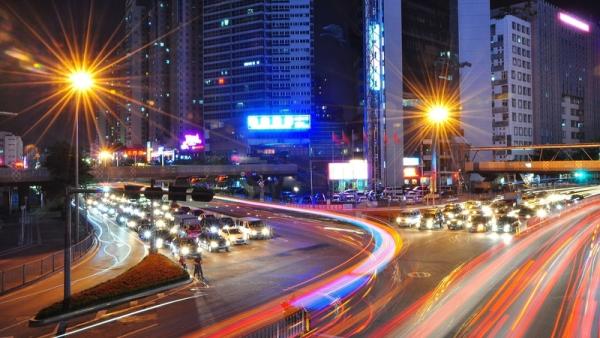China offers big gains from small investments

James Laurenceson, Deputy Director, Australia-China Relations Institute, University of Technology Sydney |
This article appeared in The Australian Financial Review on June 10 2015.
China today looks a lot like Korea in the late 1980s. That was long before Samsung became a smartphone leader and back when Hyundai had a reputation for cheap and nasty, not quality on par with Toyota and Ford.
Can Chinese companies make the same transition? Bear in mind that according to the World Bank the vast majority of countries fail and end up stuck in a middle income trap.
That’s precisely the challenge that China’s State Council homed in on last month with the release of a report labelled Made in China 2025. It aims to bring a shift away from mass production towards innovation and for more value to be created by small and medium-sized private-sector firms rather than state-owned behemoths.
As these plans tend to be, Made in China 2025 is big on ambition and relatively brief on detail. But what lends it credibility is the runs on the board that China already has. It is the global leader in e-commerce and is making serious inroads in internet finance too.
And while the US may have Silicon Valley, China has start-up clusters in Shenzhen in the south, Beijing in the north and Hangzhou in the middle.
When Sydney hosted the China-Australia Millennial Project (CAMP) last week, the Chinese contingent were keen to pass on the news that their country is now abuzz with a level of entrepreneurial activity never before seen.
A colleague at Peking University recently told me that five years ago his best students aspired to become civil servants. Now their dream is to become the next Jack Ma.
That China has a plan to reach high income status is good news. The bad news is that Australia doesn’t have a plan to grab the extra wealth that will be on offer.
Sure, there was the Australia in the Asian Century whitepaper in 2012. But try to find a copy of that now and you’ll have to trawl through the archives.
Last week the Australian Bureau of Statistics served up a giant wakeup call when it revealed that over the past year the annual value of our goods exports to China has fallen by 19.2 percent.
Don’t be fooled that this is just about plummeting iron ore and coal prices. Food and beverage exports to China are also down by 30 percent, or $1.2 billion. And that’s a national strength, according to the Industry Innovation and Competitiveness Agenda released by the Federal Government last year.
Achieving export success in the coming decades won’t be easy.
It’s true that Rio Tinto and BHP will continue to enjoy being naturally lower cost producers of iron ore than China’s domestic suppliers and Brazil’s Vale.
But to get Chinese babies drinking Australian infant formula, Murray Goulburn will need to outdo New Zealand’s Fonterra, which already has enormous scale and a first-mover advantage. The University of Melbourne is taking on Stanford. And the Gold Coast is being pressed by Pattaya.
The idea behind projects like CAMP is exactly right. It brought together 130 young Chinese and Australian entrepreneurs and tasked them with identifying new commercial opportunities.
CAMP aside though, there are precious few other initiatives that are designed to deepen our most important economic relationship.
The Federal Government’s New Colombo Plan is one other that deserves kudos. This provides financial support to encourage more Australian undergraduates to study in the region. It comes as a relief to know that this year more than 500 students have selected China as their destination of choice.
If China grows by 6.9 percent this year it will add as many dollars to its economy as it did last year when it expanded by 7.4 percent. More needs to be done if a decent share of these dollars is to reach Australian shores.
Author
Professor James Laurenceson is Deputy Director of the Australia-China Relations Institute at the University of Technology Sydney.

